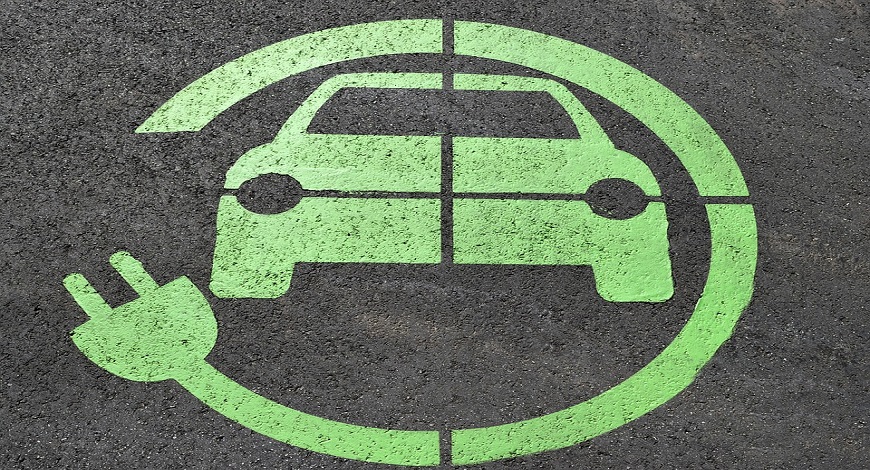
Types of EV Batteries: Are you planning to buy an electric vehicle? Do you know how many types of batteries are used in them? What EV Batteries do companies like Tesla and Ford use? The most important question is how safe are these batteries used in electric vehicles? To get information about what goes into the process from the manufacture of the battery to its recycling, we discussed all the things related to battery technology with Rajat Verma, founder and CEO of Loham, one of the leading companies in the field of battery technology. Here are its edited excerpts:
EV battery technology is constantly progressing, with the highest focus being on its performance, safety and accessibility. Apart from this, other options are available in the market as solid state cells, sodium ion cells, aluminum air cells with better density. Which are working to increase customer sentiment and demand.
Depending on the use of batteries and their texture, their life is between 8-15 years. According to the cell present in it, the information about some EV Batteries are as follows.
LFP batteries last for 10-15 years. They are most commonly used in Tesla and Ford cars.
NMC batteries – 8-12 years of age. They are most commonly used in electric vehicles.
LTO batteries – They are most lifespan of 12-20 years and come with the promise of completing 10,000 bicycles.
NCA batteries – Their lifespan is 8-12 years.
There are many technologies for EV Batteries, which are being resorted to. For example,
Advanced BMS – It records accurate data of charging strategy and energy efficiency with the help of machine learning and predict analytics.
Development of cathode and anode chemistry- High amounts of nickel and lithium cathode are developed, which work to increase the energy density in battery cells. Which includes LFP and LTO batteries.
Solid State Batteries- These EV Batteries come with solid electrolyte instead of liquid electrolyte. Because of which they offer better safety, higher energy density and longer life.
After collecting used EV Batteries, these processes are used to recycle them:
– Sorting and disassembling of different types of batteries.
– They are broken down to remove internal parts such as electrolytes.
– Chemical process to recover materials such as cathodes.
After this, the material received is purified, so that no harmful chemicals remain in it.
– Finally, non-recyclable material is disposed of safely.
The life and price of the batteries to be used again depends more on how they were used earlier. After which how much output can be taken from the material received from it and how they are being used for the second time. However, their price is quite low.
We at LOHUM use second-life EV Batteries in new locations such as solar-powered ESS applications, 100 per cent off-grid EV charging stations and UPS systems.
The most difficult is the supply chain of Li-ion batteries, because they are made in limited quantities and from materials like lithium, cobalt found in some places. Therefore, it is necessary to remove them from used batteries.
Battery recycling not only reduces waste from the earth, but also reduces carbon emissions while removing these metals. Also, the material coming out of them can be put in the supply chain, which reduces the possibility of its shortage and the price is also under control.
Now there are many such ways. With which all the components of used EV Batteries can be completely recycled, at LOHUM we recover and use all the necessary parts and work with the aim of creating and following the zero waste ecosystem.

Forbes India
Rajat Verma already recovers raw materials from used cells at his venture, LOHUM Cleantech. He wants to close the loop by making cells in India as well.

YOURSTORY
In an interaction with AutoStory, Rajat Verma, Founder and CEO of LOHUM Cleantech, speaks about building his company, and about battery manufacturing and repurposing as an industry.

Business World Disrupt
Recognized as ‘The Most Innovative Company of the year 2022’ by The Confederation of Indian Industry (CII), LOHUM is a producer of sustainable Li-ion battery raw materials
1800 572 8822
Email : enquiry@lohum.com
G98, Site, 5, Kasna, Block A, Surajpur Site V, Greater Noida, Uttar Pradesh 201306
LOHUM Cleantech Private Limited, Plot No. D-7 & 8, Site 5th, Kasna Industrial Area, Greater Noida, Gautam Budh Nagar, Uttar Pradesh – 201308
LOHUM Cleantech Private Limited, Plot No. O-17, Site 5th, Kasna Industrial Area, Greater Noida, Gautam Budh Nagar, Uttar Pradesh – 201308